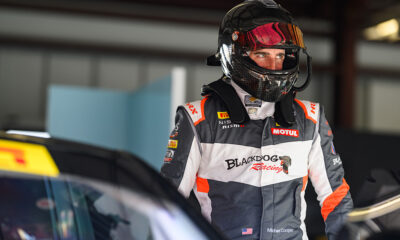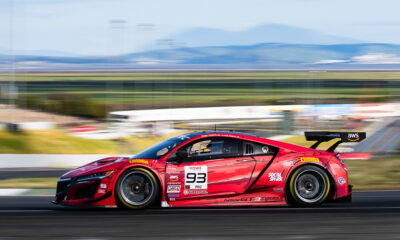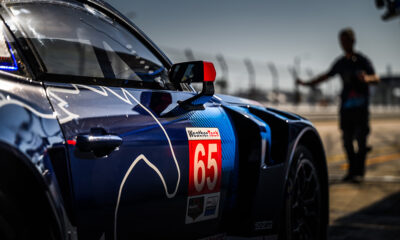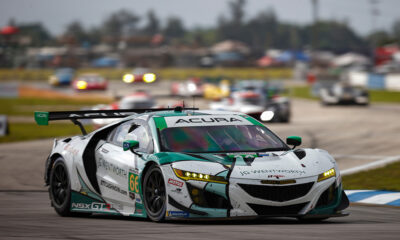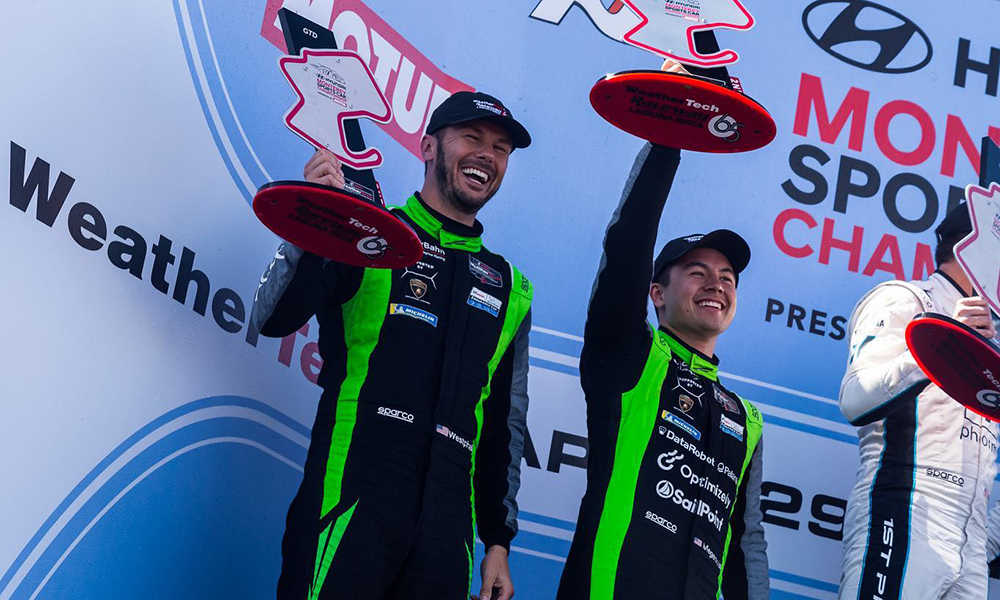
Photo: Peregrine Racing
Usually when I hear the term ‘homecoming’ I’m reminded of cheap suits, boutonnieres, and cheesy 3/4th angled photos with your date followed by a Journey song on a dimly lit dance floor.
However in this context, I am referring to the home race for Carbahn With Peregrine Racing and myself. Basically everyone on the team with the exception of one to three people live in the surrounding area, 45 minutes to 90 minutes away from the track.
Laguna Seca is our home track, and one that is historically good to us.
In the past, races at Laguna Seca have been fuel mileage races, in part due to the aging surface which is made from seashell aggregate and 35-plus years of age, a surface that generally slows down each year, and has been known to be low grip with very high tire degradation.
Couple that, with a flowing nature of circuit (7 of the 11 corners being fast apex speeds) and you have a recipe for fuel saving. What I mean by fuel saving is, for example, at 100 percent attack, the car would burn 2.18 liters of fuel per lap and based on a fuel tank volume that lasts roughly 1 hour, or around about 40 laps, you have the option to stretch the fuel window or lap count if you reduce the consumption per lap to 2.08L.
Every ten laps at 2.08L/lap you “grow” 1 liter of fuel to use. Forty Laps later, you have four more liters of fuel if you manage to average the consumption at that target, or ALMOST two laps.
How you “fuel save” in a race car is identify the most costly portion of the track in both fuel consumption, and lap time loss (pace loss), then make the tradeoff to lose the least amount of lap time, while saving the most amount of fuel.
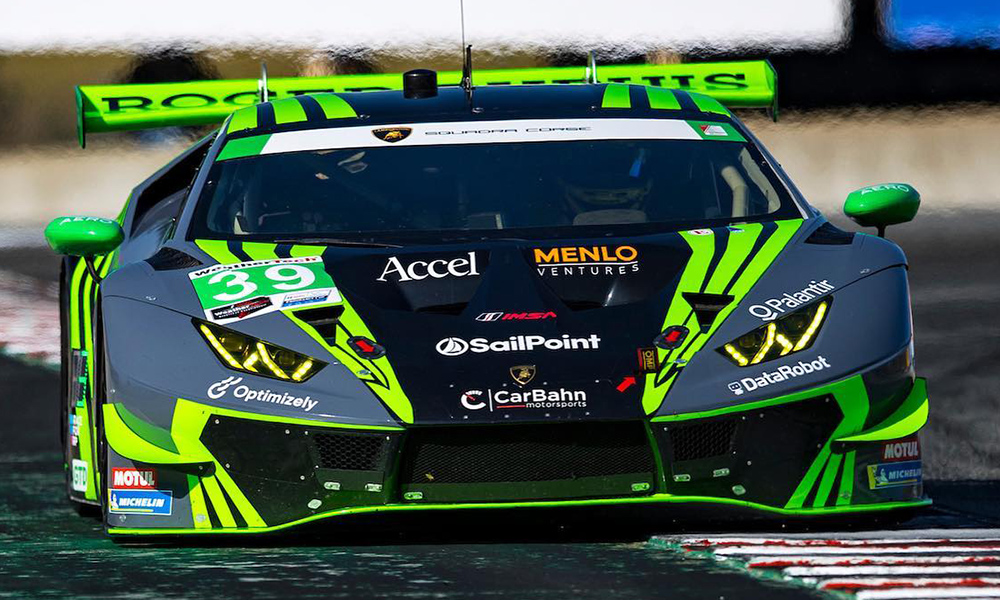
Photo: Peregrine Racing
Typically, as the speed of the car increases, so does the downforce, and drag (air pushing against the car).
Factor in the longer times spent at higher RPM since the car rifles through 1st, 2nd and 3rd gear, but spends more time at 8000+ RPM in 4th, 5th and 6th gear.
Fuel burn at the end of the straightaway just before braking is the ripest for fuel save. That also happens to be when the car has accelerated to 90+ percent of its terminal velocity and is FORCING itself through the increasing drag to go from 140-150 MPH, using more fuel than the initial punch off the corner to accelerate from 40 plus mph.
If a driver can get with in 200-300 feet before the brake zone, lift off the gas and coast into the braking area, the car loses less than 10 mph of terminal velocity for that 2-300 feet, yet saves a good chunk of fuel.
Multiply that with every braking zone on the lap, and you can piece together .1 liter/lap of saving while losing minimal lap time.
The last component here is braking, which must be adjusted for the lower entry velocity due to the coasting into the brake zone.
I typically start with 1-1.5 car lengths LATER on the brake when saving fuel, since I don’t need to shed off so much energy with the brake pedal.
This is the intergral portion of fuel save that also diminishes how much lap time you sacrifice while conserving.
Done well, you loose .2-.3 seconds a lap, done poorly and you give up 1 plus seconds a lap of lap time.
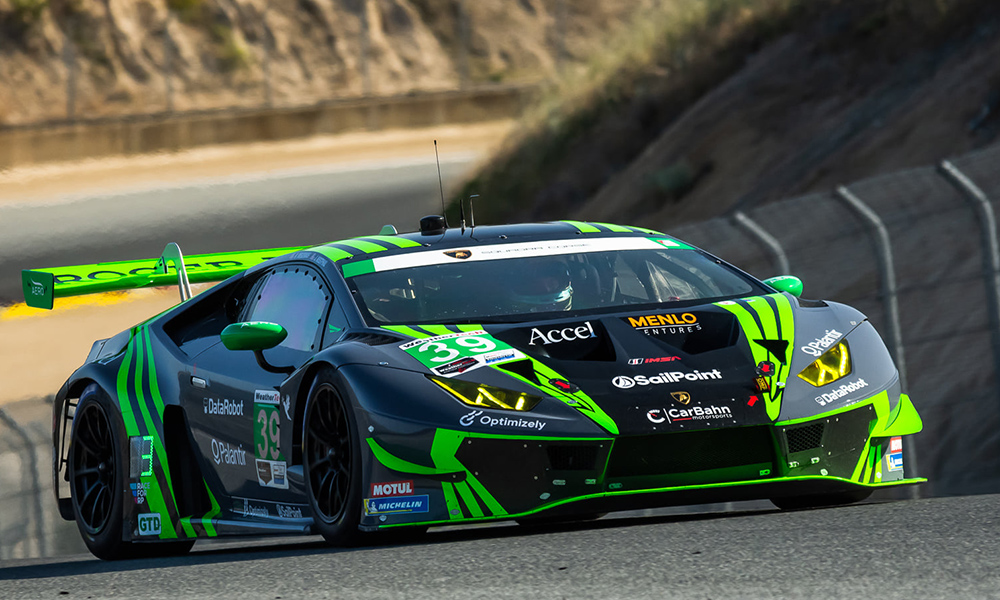
Photo: Peregrine Racing
Our Laguna Seca started out with a great qualifying effort from my team mate, putting our No. 39 Lamborghini Huracan Evo fifth on the grid, .1 second out of 2nd position.
With a competitive field Robert wan running a solid sixth place, and we pit him after the normal stops started to cycle during the first yellow, which became a realized/on track ninth.
This decision which, lost us track position was in favor of fulfilling the minimum drive time, which allowed Robert and I to change where as all cars that pit when the GT pits opened during the caution had to retain their starting driver.
This strategy call meant that I could take tires and fuel later in the race, and run to the checkered without the potential risk of error during a driver change that others still needed to do.
As the green flag flew I started carving my way up the grid from ninth to seventh, where I got trapped between the aero wash to the car ahead, and that car’s massive torque which defended any pass attempt naturally.
I spent 12 laps trapped behind the No. 12 Lexus, when the team told me to pit at an attempt of the undercut.
The undercut is when you’re the first car to pit, usually when you’re in traffic and cannot find a way around, so you push hard on your in lap to the pit entry line and push hard leaving pit lane on cold tires.
The theory behind it is by having a faster out lap from pit lane than others, you can gain the position in aggregate time of pitstop, in lap and out lap combined.
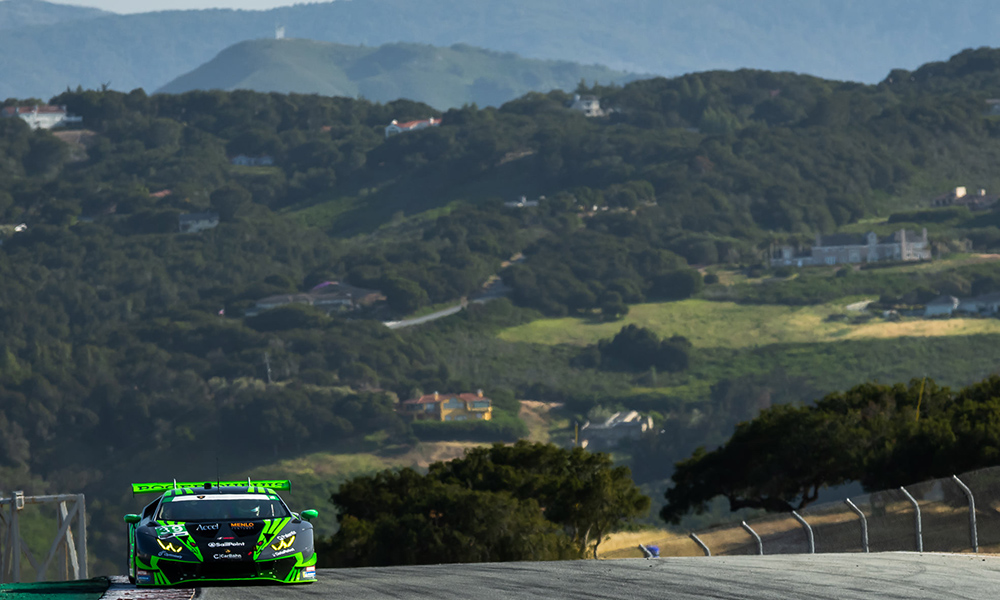
Photo: Peregrine Racing
I know Laguna Seca well, so I confidently left pit lane, full throttle as soon as I turned off the pit speed limiter, had some wheel spin, caught the car and grabbed second and third gear as I went up over the hill into Turn 2.
I broke just after the brake point I knew worked on cold tires, and had light ABS activation the entire way into the pit out corner inside of Turn 2.
A small oversteer at the apex of turn 2 and leaving the pit out lane as I pushed to get up to speed. Each brake zone and apex got closer and closer to ideal on that initial out lap, every time I leaned on the cold tires (both left and right directions), feeling the grip come to me and asking slightly more in the next corner.
Two to three laps later it seemed our work and strategy call was the correct one, as I left Turn 11 I could see the cars that were just ahead of me still leaving pit lane as I blew through start finish.
At the end of the pitstop cycle, I came out fifth on track with two cars ahead that still needed to stop. I had both BMW’s Ahead of me and a RAPID No. 16 Porsche behind me, closing in at will.
During the final 45 minutes, not only was I managing some really quick cars ahead and behind, but I was told to save fuel.
And as the battles intensified, I was balancing tire wear by not trying to over use them while attacking the cars ahead, and not burning too much fuel simultaneously.
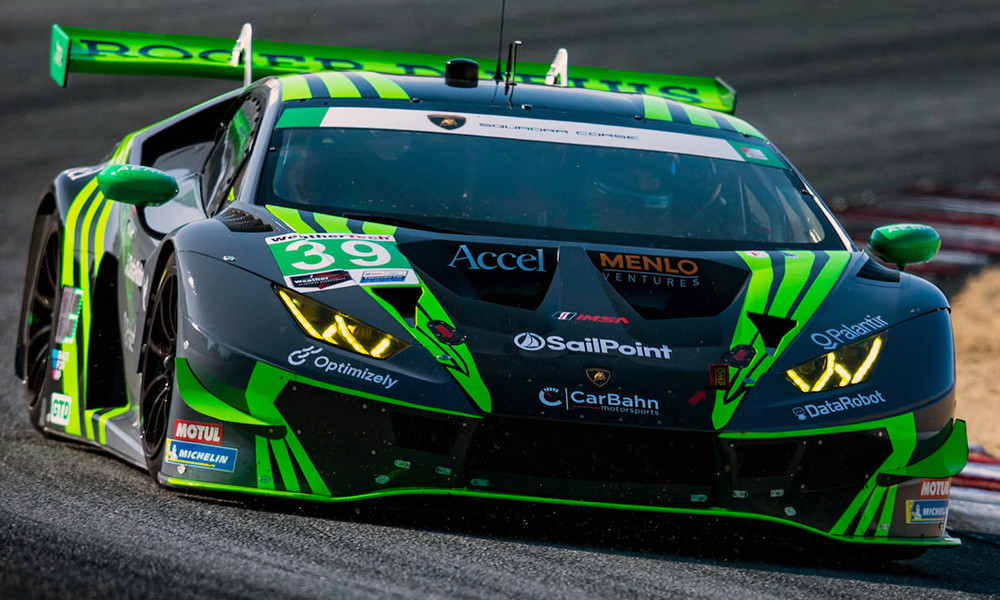
Photo: Peregrine Racing
It’s not the first time in my career I’ve been told “We need you to push, but save fuel and save tires.” Fast forward to the end of the race, I had passed the No. 1 BMW but the No. 16 Porsche had passed the No. 96 and myself, then drove out into outer space many, many seconds ahead, running their best lap in stint three on 12 lap old tires.
As we came down the corkscrew nose to tail, I got a run on Bill Auberlen in the No. 96 into Turn 9 and rolled through 10 with a head of steam, and chose to run down the left forcing Bill to cover my run into the final corner.
As he covered my move, I moved back to the right (on line) to set up for Turn 11, and was able to rotate the car more than Bill, getting a better exit and a small run leading onto the front straight.
With a little use of the side draft to start finish I was able to get a nose ahead into Turn 2, and took a defensive line, securing second for the final lap.
However all that fuel I was saving, would play a big role as the car started starving for fuel in Turn 6 and the corkscrew of this final lap.
By Turn 11, Auberlen was right on my tail and my No. 39 was choking and coughing all the way to start finish.
I narrowly retained second place, by half of a tenth of a second, .04 to be precise.
The first podium of the year was massive team effort up and down our organization, which had many complex layers to be the stellar result we achieved, a job well done!




















